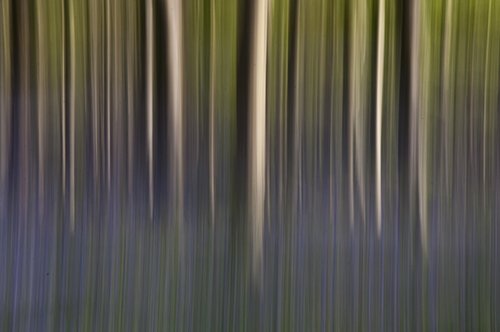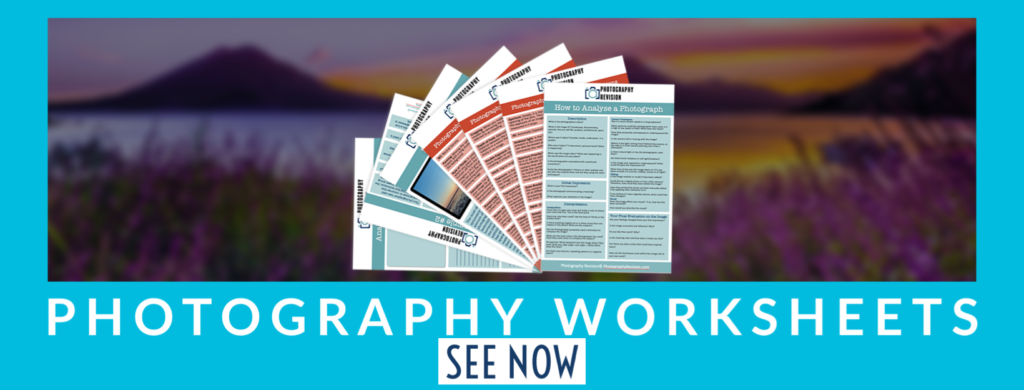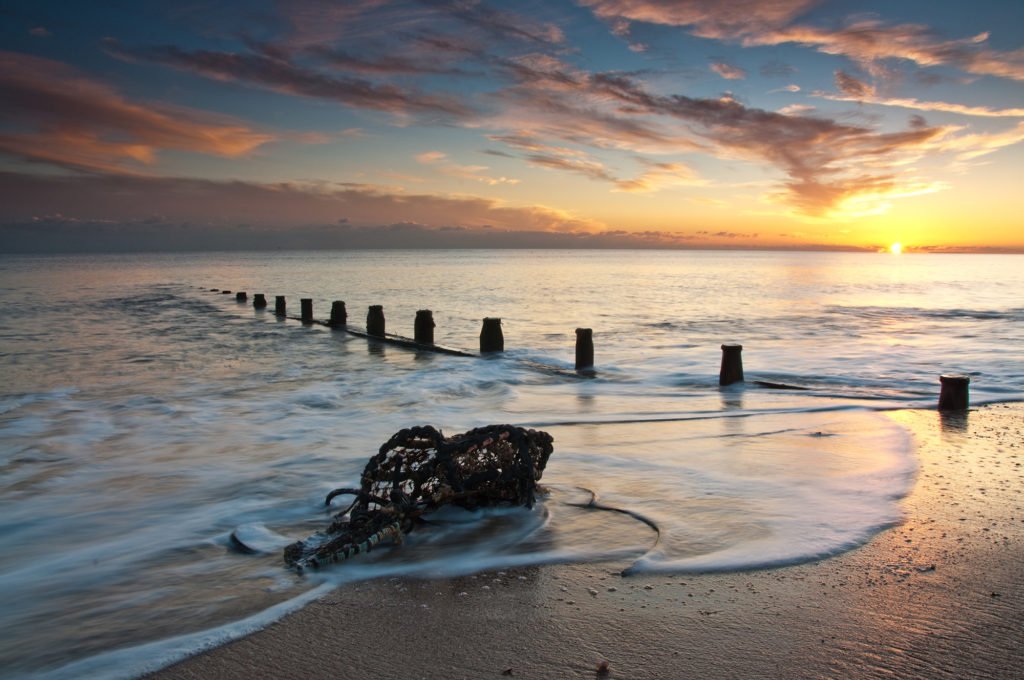Landscape Photography can be very rewarding and is by far my favorite style of photography. You can spend hours in the countryside or even your local city, finding the best light or composition. I know I’ve spent countless hours at my local beach waiting for the right light! By the time you’ve read these tips, hopefully, you’ll be ready to capture some amazing landscape images!

1. Take Images During the Golden Hour (sunrise/sunset)
Use websites such as www.sunrisesunsetmap.com to work out when the sun will set and then use the hour before sunset as your time to capture the Golden Hour. Sunrise will create cold calm blues and reds while a sunset creates striking oranges, yellows and long shadows.
You’ll need to make sure the image is properly exposed, so use the exposure compensation button to reduced the amount of light entering the camera. Therefore exposing for the sky not the land.
2. Create Depth by Using Interest in the Foreground
Having an object in the foreground of an image can make the image seem more 3D then 2D as this creates depth. Examples of foreground interest include rocks, plants, lobster pots, benches and signs. Along with a small aperture this can create a greater depth of field.

3. Don’t be afraid to overexpose or underexpose the image
You can overexpose your image within the manual mode or using the exposure compensation button. If you want to use manual mode first go into aperture priority mode and see what the camera recommends. Then switch the dial to manual mode and input the settings and increase the shutter speed if you want an overexposure, or, decrease it if you want to underexpose the image.
The exposure compensation button lets you ‘add’ more light or ‘take away’ light. Underexposing the image can help with sunsets as this darkens the scenery and brings out details in the light.
4. Find leading lines within the landscape
Creating leading lines within your image generates depth and allows the viewers eye to wonder around the image and draw themselves in.
Natural lines can include waves, sun rays, trees, fences and paths.

5. Filters
Using graduated neutral density filters can make the image more balanced with an even exposure. By darkening the sky using the filter, this creates an even exposure over the landscape.
6. Tripod
A tripod is crucial for long exposures. Even the slightest movement from the camera by pressing the button can create a slightly blurry image. Therefore using a tripod is necessary if you are creating a sharp landscape.
7. Arrive at the Location Early
This allows you time to set up your gear and position the tripod and camera in the perfect position. So once the sun is in the perfect position you are not in a to get the perfect shot.
8. Revisit the location Over and Over Again
This is one of the most important things you need to learn early on in landscape photography, as you will see your images improve over time. So look back at some of your photos you aren’t happy with and revisit this location a few times to see if your images improve. Even try going back over different seasons and weather conditions.
9. Think About the Season
Photographing landscapes in different seasons can impact how the landscape appears. In autumn the leaves are a brownish red and as the weather is starting to get dramatic as we move into winter. Therefore the sea can get rough and generate larger waves over the coast line. Whereas in spring going into summer the flowers are out and the leaves are green making for more bright landscapes.
10. Move the Camera along Prominent Lines
This technique can create minimalistic images as you lose detail buy making more abstract photos. The next time you are outside with your camera, and it’s not too bright, use a shutter speed of around ¼ second and move the camera along the horizon or trees and see what the outcome is.

11. Use a wide angle lens
I brought a 10mm-20mm lens a few years ago and have only used it a few times because it always seems easier to use the kit lens that came with the camera. However I have started using it again and I have forgotten how much it improves the landscape as it creates depth. Judge the landscape for yourself and see what focal length best suits the landscape.
12. Research the location
If you have previously visited a location or are planning a trip to one, researching the location beforehand gives you an advantage once you are there. Look at Google Earth or Street View and see where the vantage points are. Type in the location on photography websites like 500px or flikr and see what other photographers have done to see what you have to do to make yourself stand out.
Final Thought
We will review the best cameras for landscape photography in a future article. For those interested I use a Nikon D5600. I find the great wide angle on the lens makes for a better shot when shooting landscapes and it is a reasonably priced camera for the quality you get.
Thank you for reading this article, if you have any other ideas please leave a comment down below and I’ll add them to the list!

If you’re studying photography I highly recommend you check our worksheets on Photography Analysis!
Included in these worksheets are, 3 pages of Photography Keywords and Terms, The Photography Analysis Worksheet and examples of my own analysis work!
Thanks again and if you enjoyed reading it please share and even pin it to your Pinterest wall!
Some of these links are affiliates which means I make a small percentage if you use my link.




Comments are closed.